Nov. 14, 2025: During fall migration, Yellow-rumped Warblers forage actively in varied habitats, shifting from insects to bayberry and wax myrtle fruits. Their unique ability to digest waxy berries allows some to linger or overwinter locally.
During fall migration, Yellow-rumped Warblers (Setophaga coronata) are among the most abundant and conspicuous migrant songbirds passing through Falmouth. Their foraging habits at this time of year are remarkably adaptable, reflecting the species’ broad dietary flexibility and opportunistic feeding behavior.
They move actively through a wide variety of habitats, including coastal scrub, pine-oak woods, saltmarsh edges, dunes, and residential thickets, often in loose flocks or mixed-species assemblages. They flit through the canopy, midstory, and shrub layers, rarely staying still for long.
In early and mid-fall, when insect activity remains high, they feed primarily on small flying insects, spiders, and larvae, using a combination of gleaning and short aerial sallies. You’ll often see them hover-gleaning at branch tips or darting out briefly to snatch an airborne midge or gnat before returning to a perch.
As temperatures drop and insects become scarce, their diet shifts heavily toward berries and waxy fruits. Cape Cod’s bayberry (Myrica pensylvanica) and wax myrtle (Myrica cerifera) are especially important, the waxy coating on these berries provides a rich source of energy. Remarkably, Yellow-rumped Warblers possess a unique digestive enzyme that allows them to metabolize these waxes, giving them a survival advantage long after other insectivorous warblers have departed southward.
In coastal areas and dunes, they can also be seen foraging low to the ground, picking insects from sand, wrack lines, or grassy patches. Around ponds, saltmarshes, and golf courses, they sometimes chase insects flushed from the turf or leaf litter.
Their presence is often revealed by sharp “check” calls as they move through shrubs or perch in open areas. They frequently fan or flick their tails, flashing the bright yellow rump and side patches that give them their name—often while pivoting to scan for prey.
During fall migration in Falmouth, Yellow-rumped Warblers exhibit highly versatile foraging habits, feeding on both insects and berries, and exploiting an unusually wide range of habitats. Their ability to digest waxy fruits enables them to remain in coastal New England longer than most other warblers, sometimes overwintering in sheltered maritime areas rich in bayberry or wax myrtle.

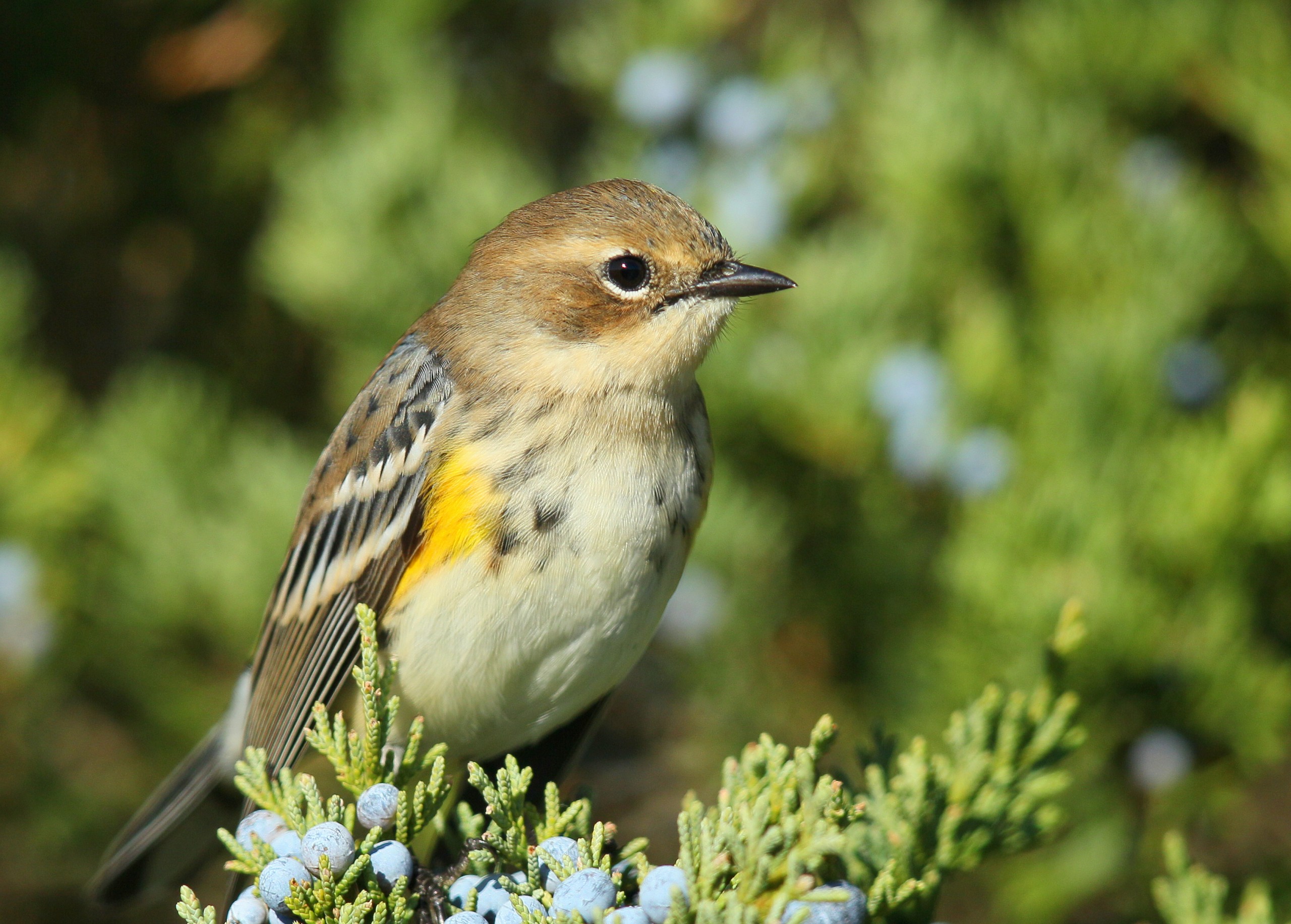
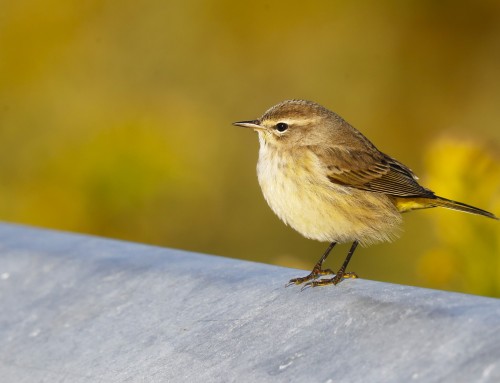
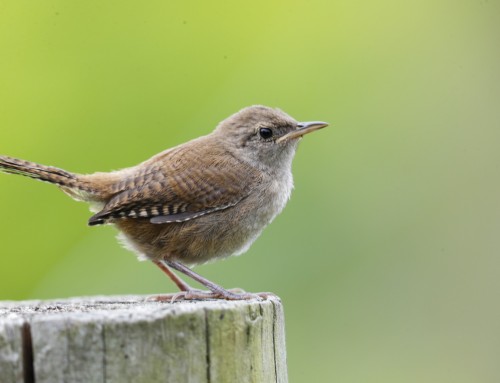
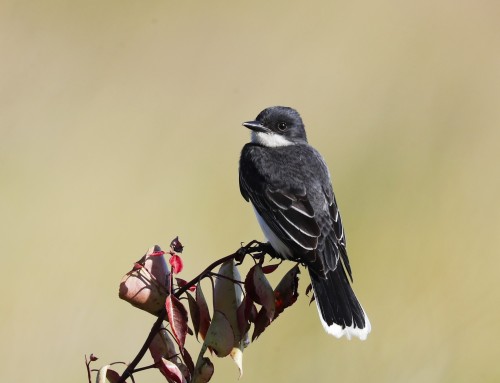

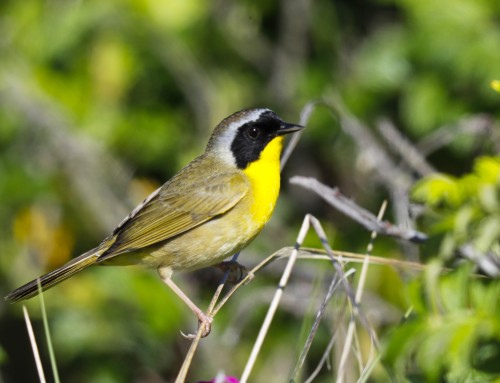
Leave A Comment
You must be logged in to post a comment.